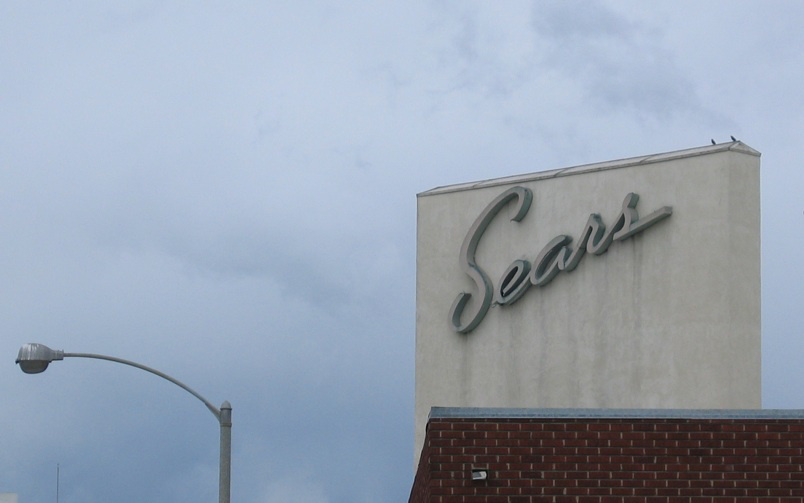Sears Survives For Now, May Not Make It Through 2016
Earlier this week, we learned that Sears Holdings Corporation is borrowing $400 million to pay its bills from a hedge fund owned by its own CEO. Yet experts look at this transaction from the outside and wonder: what does it tell us that the company’s own CEO has stopped offering it unsecured credit?
As consumers, the future prospects of Sears shouldn’t matter all that much to us: if they’re offering nice deals on fridges or flannel shirts, then we shop there. If they aren’t selling much of anything that interests us, then we won’t. People in the investment biz have more important questions, though: they wonder whether Sears is going to survive the next few years, and whether Lampert’s loan to the company is part of an elaborate scheme to cash in on his investment in the end, even as ordinary investors and Sears employees lose out.
What the $400 million loan tells us is that the company has problems with cash flow: it doesn’t just need to pay current employees, buy merchandise, and pay rent on its leased stores, but the company also has plenty of other expenses: debt service, pension contributions, and improvements to their stores and online selling channels. Those 5-minute counter and geolocation apps don’t program themselves, you know.
Experts think that by borrowing cash and selling or leasing real estate, Sears should be able to survive for another few years. What happens then?
Sears Loan Highlights Pressure on Cash [Wall Street Journal]
Want more consumer news? Visit our parent organization, Consumer Reports, for the latest on scams, recalls, and other consumer issues.


